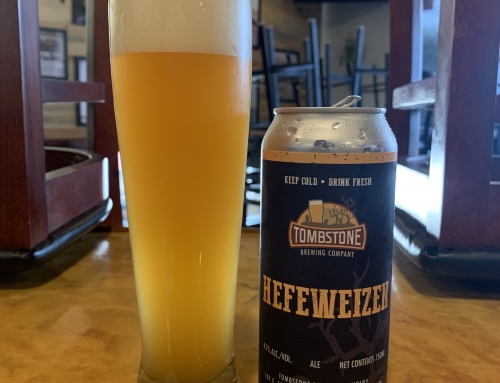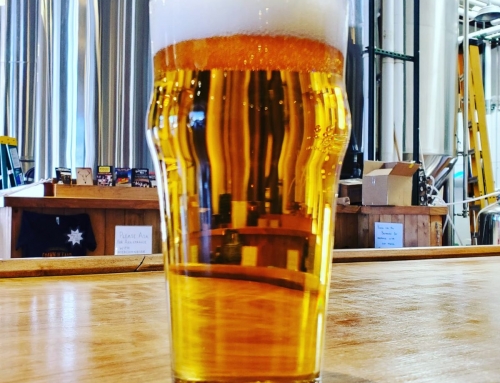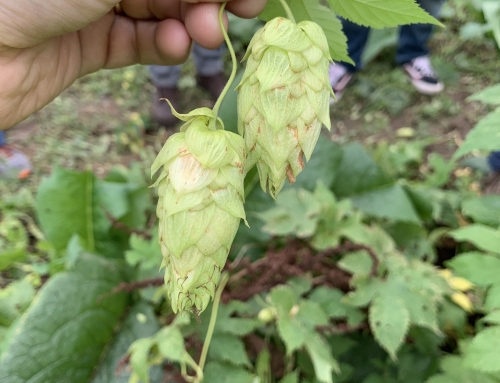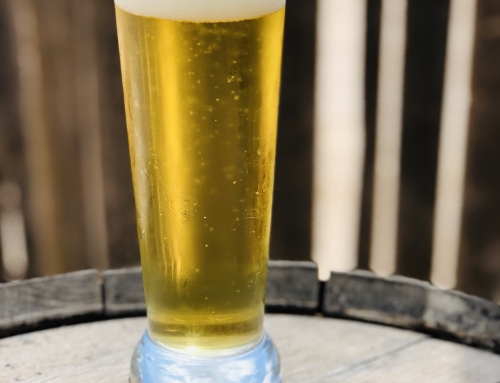After a crazy month in February packed with events, bottle releases, and our taproom grand opening, I’m excited to get back to just focusing on brewing in March. In the coming month, we’ve got the beers that I’ve been most excited about brewing ever since we started brewing back in October. While we’ve had a blast brewing the hazy Northeast Style ales, I’m ready to start adventuring into some other styles and trying out some new things.
The beers that will probably be the most unique beers that we’ve produced thus far will be fermented with some really interesting yeast, also known as kveik. If you’ve never heard of kveik, there have been some really cool articles written about these yeast strains, which come from Norway and were used by Norwegian farmhouse breweries for many generations. These yeast strains have a really interesting back story where the yeast was typically kept within a family brewery and was saved in dried yeast rings in open air. While that sounds like a method that would harbor contaminants, and when you consider how old the yeast collections are, lab analysis has confirmed that various breweries have managed to avoid contaminants and that the yeast strains have evolved very little. What’s interesting to me about that is that these yeast strains are known to have been passed from brewer to brewer with very basic methods, no laboratory equipment of any kind, the yeast was spooned from beer into glasses, stored for months, and reused for centuries. Now with modern technology the cultures are analyzed and found to be pure Saccharomyces yeast cultures, no bacteria, no brett, etc. More info can be found here if you are interested in reading more about the lab analysis.
Recently, a few small yeast labs in America have begun to propagate cultures of a few kveik strains and the beers are getting rave reviews. The flavor profile from these strains is described as slightly earthy with pronounced citrus esters, most commonly being described as an orange peel flavor. To add to the intrigue, instead of fermenting in the normal ale temperature range (about 60-72 degrees F) the kveik strain we’re using is known to ferment well up into the high 90’s, create a very dry beer, and maintain a clean fermentation profile, free of phenols or fusel alcohols. Even more bizarrely, after finishing fermentation the yeast falls out of suspension quickly and is described by many of the early users as being the most flocculant yeast they’ve ever brewed with.
The first beer we’ll be brewing with the kveik is slated to be an IPA with our award winning Cascade hops, Lemondrop, and Citra: basically all of our most citrusy hops to compliment the citrus esters from the yeast. Unlike our normal IPA, this beer should be very clear in comparison to what our customers have come to expect from us. It will also be very dry, so we will use a generous amount of flaked oats to help improve the mouthfeel.
After harvesting the yeast from that first batch, things are going to get fun. We will reuse the yeast in a sour, salty interpretation of Gose and we’ll also brew another dry hopped sour with it. This time, instead of going with a lightly tart acidity the way we did with our first dry hopped sour, we will be more aggressive with the acidity on these batches. The type of lactobacillus we’re using for these (L. Plantarum) is notable for giving a very pleasant acidity and creating a bit of a citrus flavor as well. While most yeast strains do not create much of an ester profile in sour worts, I’m hoping that we will still be able to get the orange peel or lime esters from the kveik yeast by sticking with a low pitching rate and fermenting all the way up near 100 degrees.
While the beers fermented with kveik are probably the most exciting to talk about, the beer that I’m actually even more excited to brew is a German Style Pilsener. While in brewing school, I dedicated my time in Germany to learning as much as I could about German Pilseners. Upon my arrival in Germany, I was actually not a big fan of the style, but drinking Augustiner Pils was a real eye opener for me. With perfect clarity, an extremely pale straw color, fine carbonation rising up to form the perfect foam in a footed Pilsener glass, their beer was highly aromatic, with lemongrass aromas, and insanely drinkable. After doing some research, I learned that their Pils was actually hopbursted with Hallertauer Mittelfruh, which is a pretty unique technique for a German beer. I would consider that beer to be the perfect German counterpart to an American Pale Ale as far as the perception of hop aroma.
We’ll be using the lightest color Pilsner Malt available from Weyermann Malting. Their malts are great because in addition to being extremely pale, the rich, sweet flavor of their Premium Pils Malt is a flavor that I consider to be rivaled by none. Hops from Hop Head Farms are some of the most aromatic noble hop varieties I’ve ever seen and in addition to using 100% Hallertauer Mittelfruh in the whirlpool as our only hot side hop addition, we will also utilize a very light dry hop with a noble hop noted for its subtle lemongrass aroma. With the use of very soft water out of our RO system and a gentle boil in our steam heated kettle, I can’t wait to put all of the studying in Germany to use again.
Lastly, in addition to all those new beers, we will be moving our 100% Brett beer, which currently has an intense pineapple flavor, into a variety of white wine barrels, new oak barrels, and charred oak barrels where it will sit for a few months before bottling. This month is the stuff of dreams for a brewer wanting to turn the brewery into a playground for beer experiments!





Leave A Comment